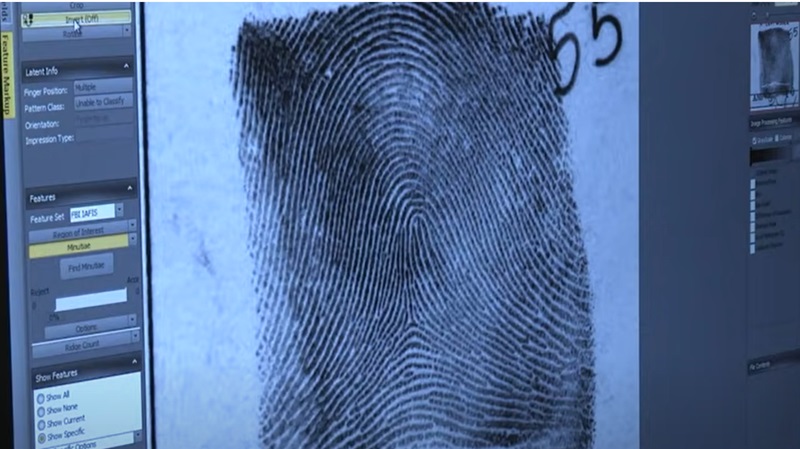
The recent criticism by a state oversight committee of a police training seminar rested largely on the teaching about suspect behavior during a police contact. The committee concluded that the techniques that would lead a police officer to believe that criminal behavior was “likely” afoot would “likely” be held inadmissible if presented as evidence. I use the implied sarcasm of quotation marks to point out the hypocrisy of assumptions by the critics. They can’t know what a court or prosecutor will decide because of the uniqueness of any individual case, but they claim some certainty that a decision of a police officer from a confluence of factors is suspect.
The problem with many police procedures is that they cannot be or have not been scientifically tested. A few years ago I was part of a subject matter expert team that advised the Colorado Peace Officer Standards and Training Board (POST). We were tasked with rewriting the POST exam given to academy students who must pass the test to become certified peace officers. We immediately realized that very few of the learning objectives could be quantified by authoritative sources. Even questions on the application of statutes and court decisions left room for interpretation.
The scientific method for establishing a foundational fact is to conduct an experiment where only one variable is at play. Mix three chemicals at a certain temperature and observe the result. Now change the temperature and observe the result. Now replicate that experiment to see if the results of the two experiments with the same factors have the same result. Document the discovery! That works in the so-called hard sciences, but in the world of human behavior and especially collective behavior, there is never only one variable in the real world.
There are experts in the realm of body language, but scientists place this body of knowledge into the realm of pseudoscience. Experts disagree on how many facial expressions there are, whether micro-expressions that are invisible to the naked eye are the key, and what impact intelligence and culture have on expressions of deception. Often taught as fact is how to detect an insincere smile, what crossed arms mean, that touching one’s face or looking up at a particular angle indicates deception.
That’s not to say that there are no scientific experiments in the area of kinesics. The presumption is that body movements when under suspicion are a reflection of fear and stress in the body which cause tension that is reflected in behavior. This is why polygraph instruments measure stress response (blood pressure, pulse, breathing, and perspiration) during questioning. But police officers rely on experience, intuition, and the totality of circumstances to make decisions about the probability of truth-telling during an interview. The courts will not accept a decision by police to make an arrest or conduct a search based on the statement “It seemed suspicious” or “I just had a gut feeling”. The officer must articulate the basis for their decision as rationally as possible.
Training in what constitutes suspicious behavior is not so much to point out certain behaviors that are 100% on the guilt-o-meter, but for officers to better recognize and articulate things they already observe and respond to in human interactions.
One area in which science is catching up with policing is in the area of human capacity and use of force. Largely relying on research into athletic performance, experiments more focused on law enforcement scenarios have helped prosecutors and jurors understand what a human can and cannot do under the extreme stress of crisis and chaos that face police officers. Sadly, these scientific findings are often unknown, disregarded, or disallowed in judicial proceedings against police officers. One illustration was a trial for a police officer whose shot hit a fleeing suspect in the back. The prosecutor contended there was no way the fleeing suspect could have posed a threat by pointing a weapon while running away. A sharp defense attorney showed a video of a football player running away while catching a football using the same body movements the prosecutor deemed anatomically impossible.
Until science confirms everything to a certainty in the world of human behavior, prosecutors, jurors, and judges must give due consideration to the real world experience of veteran police officers who pass down their knowledge to the next generation.